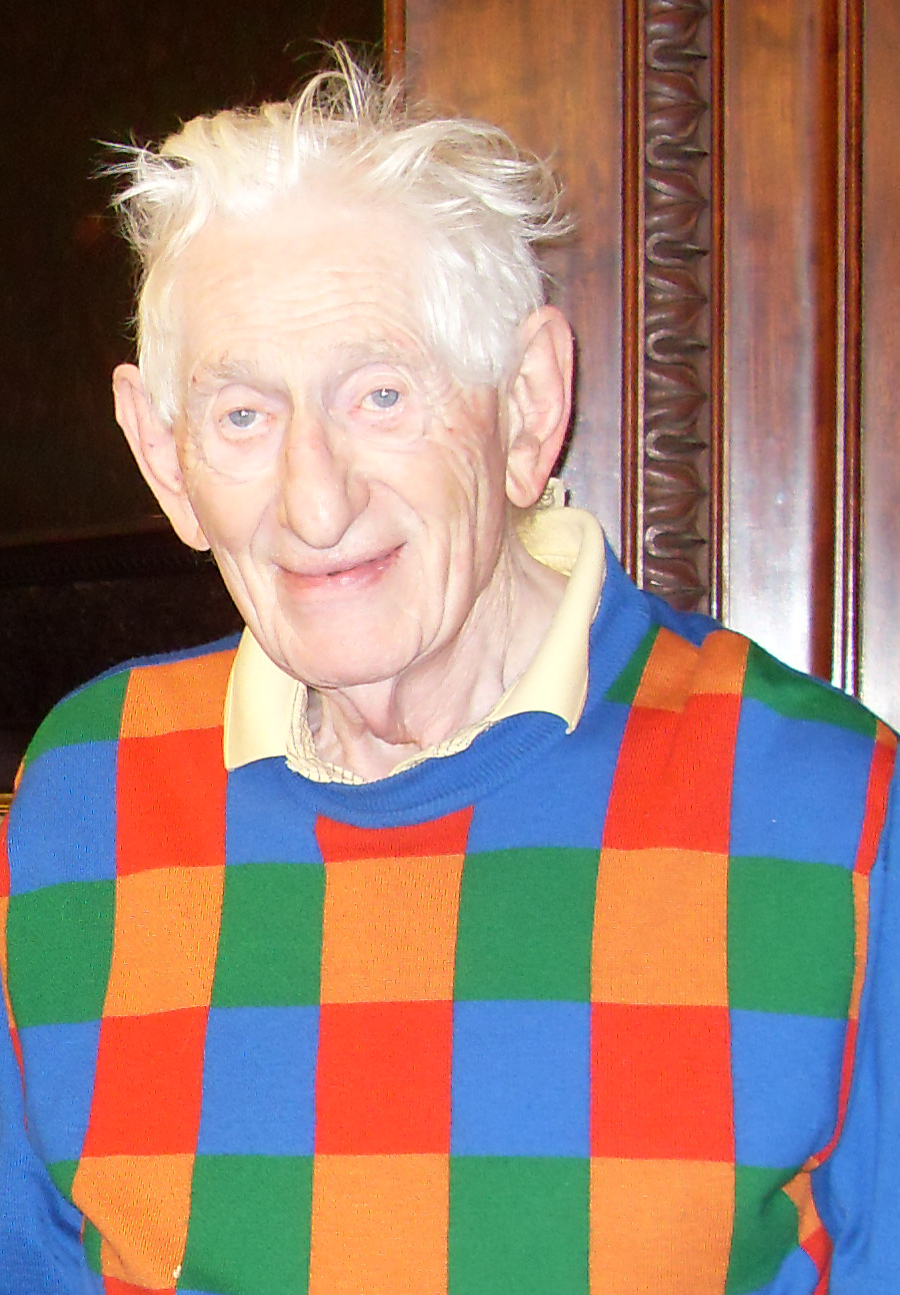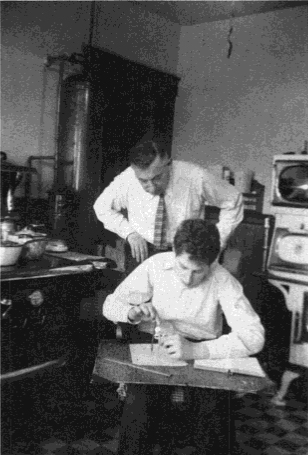Obituary: Philip J. Davis

With deep sorrow, we announce the passing of Philip J. Davis on March 14, 2018, at the age of 95. Phil was one of the founding fathers of SIAM and a prolific contributor to SIAM News; he was an innovative mathematician, an inspiring teacher, an entertaining and wide-ranging author, and a profound thinker on the nature and significance of mathematics.

Phil was born in Lawrence, Mass., on January 2, 1923. He majored in mathematics at Harvard College and graduated in 1943. In 1940, he met Hadassah Finkelstein—a student at Radcliffe College—at an anti-Lindbergh rally in Boston. They were married on their joint 21st birthday: January 2, 1944. For the remainder of World War II, Phil worked for the National Advisory Committee for Aeronautics in Langley Field, Va., performing mathematical calculations on dangerous instabilities in flight. He returned to Harvard after the war and earned his Ph.D. in 1950 under the supervision of Ralph Boas, Jr. He then remained at Harvard for several more years, conducting postdoctoral research with Stefan Bergman and Joseph Walsh.
From 1954 to 1963, Phil worked in the Numerical Analysis division at the National Bureau of Standards (now the National Institute of Standards and Technology). Along with colleague Phil Rabinowitz, he carried out numerical computations on the SEAC, a first-generation electronic computer; they were awarded the mock title “Heroes of the SEAC” for writing a program for Gaussian integration that ran correctly on the first trial. Phil played a prominent role in writing and planning the Handbook of Mathematical Functions, also known as “the big red book,” and authored the chapter on the Gamma function.
In 1963, Phil moved to Brown University as a faculty member in the Division of Applied Mathematics, and remained there for the rest of his life. He was a popular and entertaining lecturer, enlivening his classes with striking physical demonstrations, a sharp sense of humor, and a gift for storytelling. Together with colleague Charlie Strauss, he created one of the first courses on computer graphics. After his retirement, Phil continued to deliver an annual lecture on mathematical topics every Thanksgiving. His magnetic charm and conversational brilliance, combined with Hadassah’s hospitality and warmth, brought them many close friends among faculty and students at Brown.
In 2004, Phil took part in the SIAM project to collect oral histories of applied mathematics. He interviewed colleagues such as Walter Gautschi, Paul Garabedian, and Eugene Isaacson. Phil was also a prolific author; his bibliography includes 22 books, 52 technical papers, 92 essays, and 185 book reviews, most of which were published in SIAM News. He received the Chauvenet Prize in 1963 for a paper on the history of the Gamma function and the Paul R. Halmos-Lester R. Ford Award in 1982 for his paper about mathematical coincidences.
In his early years, Phil’s books were focused mostly on technical mathematics. Selected titles include the following: Interpolation and Approximation (1963); The Mathematics of Matrices: A First Book on Matrix Theory and Linear Algebra (1965) (he always preferred the phrase “matrix theory” to “linear algebra”); The Schwarz Function and its Applications (1974); Methods of Numerical Integration, coauthored with Phil Rabinowitz (1975); Circulant Matrices (1979); and Spirals: From Theodorus to Chaos (1993).
Later in life, Phil’s attention turned to the philosophy of mathematics in a broad sense. Among his most important works were two books with Reuben Hersh: The Mathematical Experience (1981), which won a National Book Award in Science, and Descartes’ Dream: The World According to Mathematics (1986). These two beautifully-written books expound an expansive view of mathematics, grounded in real-world applications but transcending far beyond them. Interwoven with the lives, experiences, and social interactions of mathematics practitioners, they are bright threads in the fabric of intellectual history, connecting us with thinkers of all ages.

Phil’s most influential essays—“Fidelity in Mathematical Discourse: Is One and One Really Two?” (1972) and “Visual Geometry, Computer Graphics, and Theorems of the Perceived Type” (1974)—similarly argue that mathematical knowledge and evidence are not limited to formal definitions and rigorous proofs, but rather can involve other forms of reasoning and apprehension. His later books in this genre—Mathematical Encounters of the Second Kind (1997), The Education of a Mathematician (2000), Mathematics and Common Sense: A Case of Creative Tension (2006), and Unity and Disunity and Other Mathematical Essays (2015)—combine philosophy, history, biography, and personal reminiscences.
And then there were books that were just for fun. The Thread: A Mathematical Yarn (1983) is an entertaining account of his search for the origin of Pafnuty Tschebyscheff’s unusual first name. Thomas Gray: Philosopher Cat (1988) and Thomas Gray in Copenhagen: In Which the Philosopher Cat Meets the Ghost of Hans Christian Andersen (1995) are academic fantasies about a cat. Ancient Loons: Stories Pingree Told Me (2011), a memorial volume for Phil’s friend David Pingree, is a collection of anecdotes about oddball intellectuals through the ages.
Phil was fond of the concrete details of history, biography, and mathematics. He disliked extreme abstraction and distrusted large, universal, intellectual schemes that claim to explain everything. He loved stories—long or short, pointed or meandering—and was a splendid raconteur. “Life,” Phil often said, “is one story after another.” We will miss his stories and his wisdom.
Stay Up-to-Date with Email Alerts
Sign up for our monthly newsletter and emails about other topics of your choosing.



